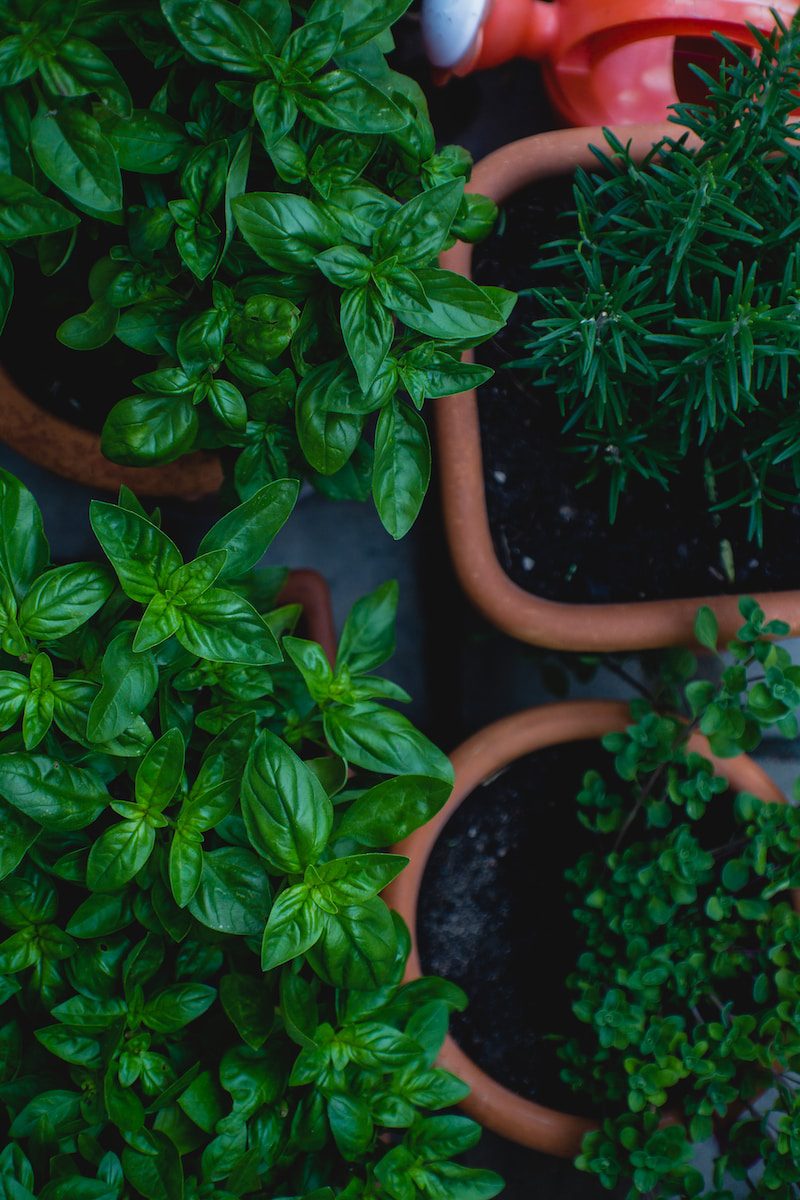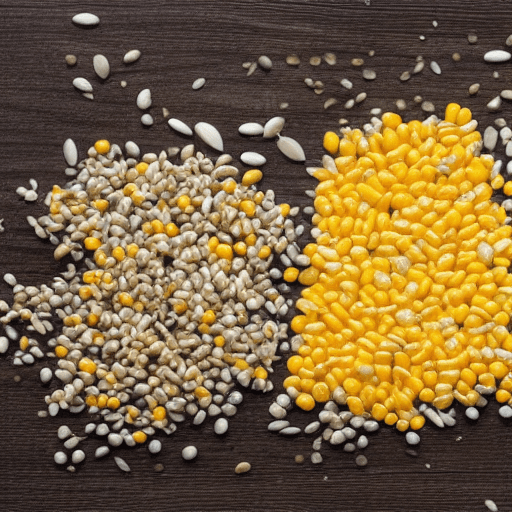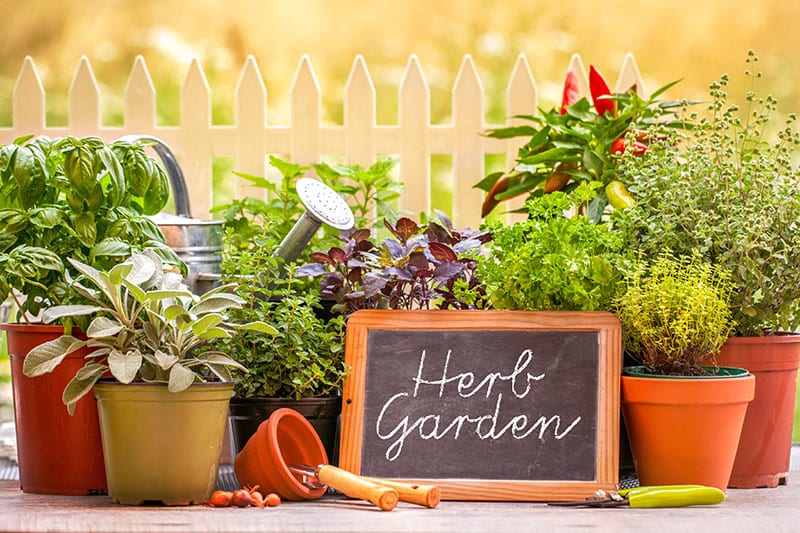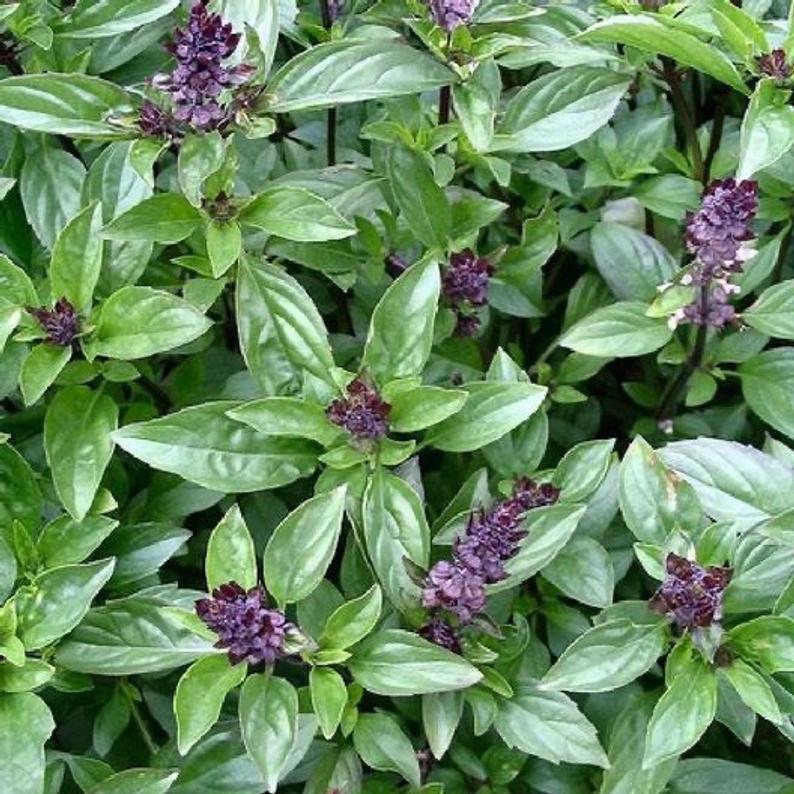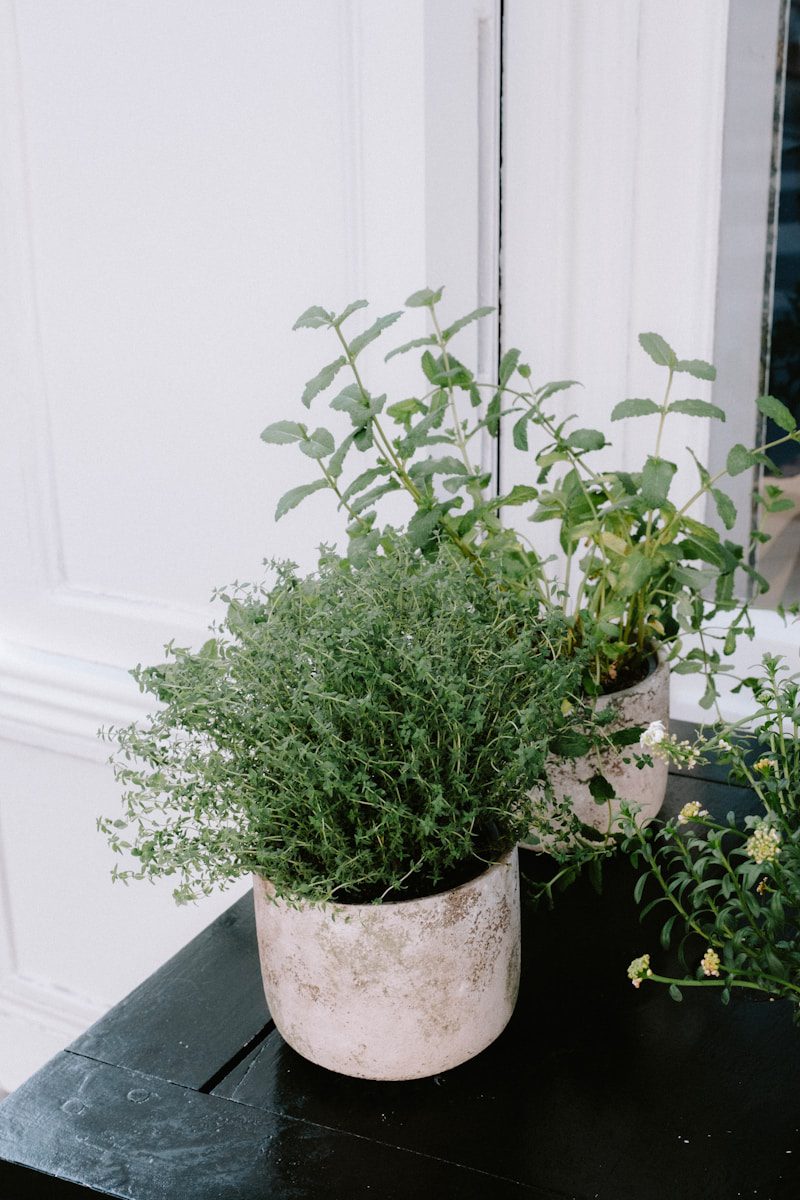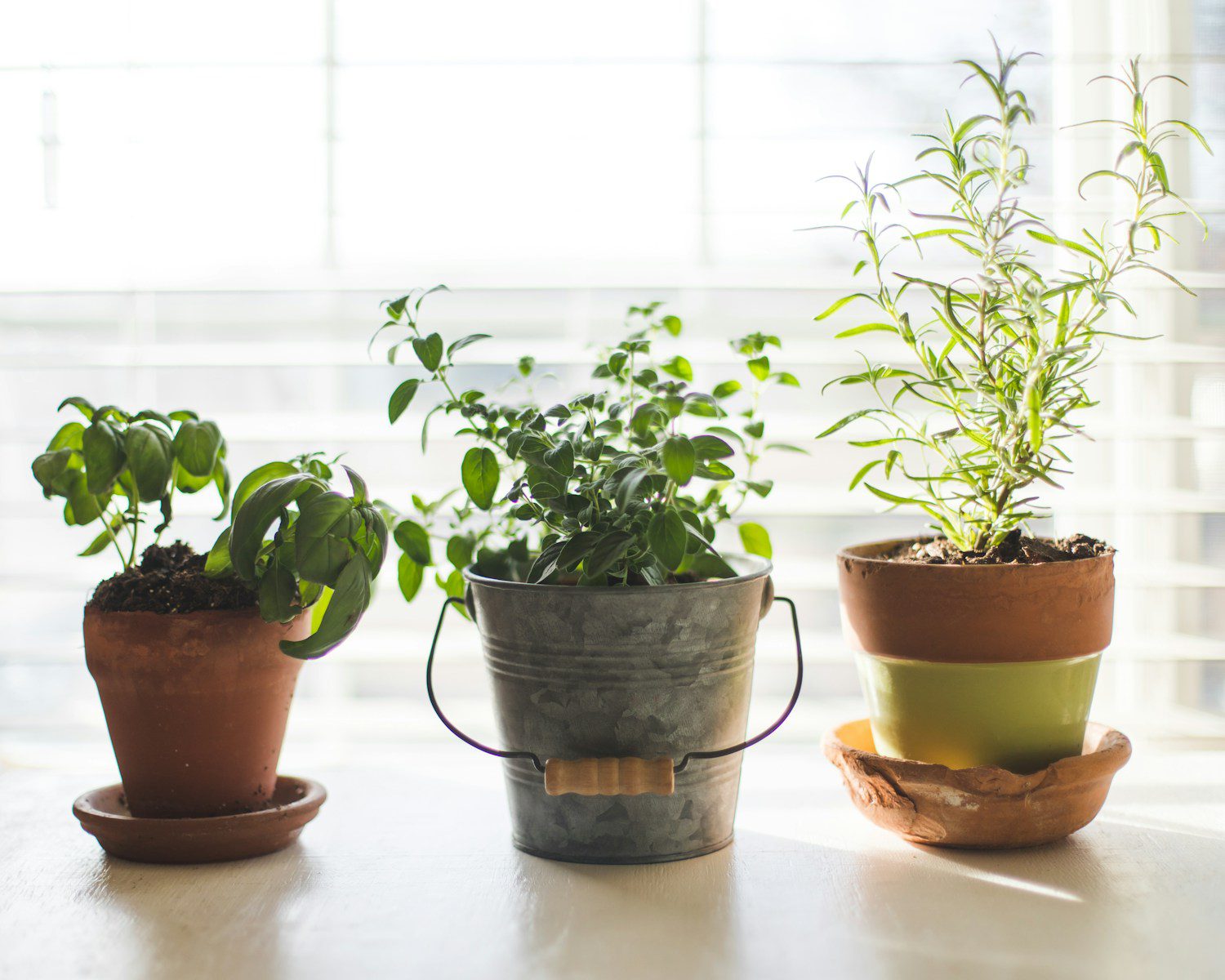
Growing fresh herbs inside your home feels like bringing a piece of the garden indoors. The vibrant scent of basil, the soothing aroma of mint, and the savory note of oregano turn everyday meals into something special. Best of all, indoor herb gardening is simple and rewarding—even if you’re new to plants.
This guide walks you through everything you need. From choosing the right herbs to creating the perfect growing space, you’ll learn step by step how to grow a thriving indoor herb garden that adds flavor and beauty to your kitchen.
Why Grow Herbs Indoors?
Herbs do more than season food. They transform your living space. Here’s why indoor herb gardening is so appealing:
- Fresh flavor anytime: Snip what you need, when you need it. No more wilted herbs from the store.
- Saves money: One healthy plant can supply months of harvest.
- Compact and convenient: Even a sunny windowsill can become a tiny garden.
- Aromatherapy at home: Basil, mint, and thyme release refreshing scents that uplift any room.
- Year-round growth: Indoor plants aren’t limited by frost or scorching heat.
Choosing the Right Herbs for Indoors
Not all herbs behave the same. Some love the sun. Others tolerate shade. For beginners, start with herbs that adapt well to containers and indoor light.
Easy Herbs to Start With
- Basil – Grows quickly and adds a sweet, peppery flavor to dishes. Loves warmth and sun.
- Mint – Thrives in moderate light and stays lush with consistent moisture. Excellent for teas.
- Oregano – Hardy and aromatic. Perfect for pizza, pasta, and roasted veggies.
- Parsley – Slow to start but produces plenty once established. Great for soups and garnish.
- Chives – Onion-like flavor and forgiving nature. Perfect for windowsill growing.
- Thyme – Compact, drought-tolerant, and a staple in savory cooking.
Finding the Perfect Spot
Light is the most important factor in growing herbs indoors. Without enough light, plants become thin and weak.
Light Requirements
- South-facing windows: Ideal. Provides 6–8 hours of sunlight daily.
- East or west-facing windows: Good alternative. Plants may grow slower but still thrive.
- North-facing windows: Usually too dim—supplement with grow lights.
Temperature and Humidity
- Keep herbs in rooms between 65–75°F.
- Avoid placing them near drafty windows, heaters, or air vents.
- Mist leaves occasionally in winter to prevent dry air damage.
Choosing Containers and Soil
Containers and soil are the foundation of healthy herb growth.
Best Containers
- Drainage holes are essential. Herbs hate soggy roots.
- Terracotta, ceramic, or plastic pots all work—choose based on style and budget.
- Small pots (4–6 inches) are great for single plants. Larger ones can hold mixed plantings.
Soil Mix
- Use lightweight potting mix (not garden soil) for proper drainage.
- Add a little perlite or sand for extra airflow around the roots.
- Consider organic mixes if you plan to use herbs for cooking.
Planting Your Indoor Herbs
There are two main ways to start herbs indoors: from seeds or from starter plants.
Starting from Seeds
- Inexpensive and rewarding, but takes patience.
- Plant seeds ¼ inch deep in moist soil.
- Keep soil consistently damp until seedlings sprout.
- Place in warm, bright light to encourage growth.
Using Starter Plants
- Easiest method for beginners.
- Transplant young herbs from the nursery into your pots.
- Water gently after planting to settle roots.
Caring for Your Herbs Day to Day
Consistency is key to healthy herbs. A simple routine keeps plants thriving for months.
Watering
- Water when the top inch of soil feels dry.
- Avoid letting pots sit in standing water.
- Mint prefers slightly more moisture; oregano and thyme like drier soil.
Feeding
- Use a liquid fertilizer every 4–6 weeks.
- Choose an organic option safe for edible plants.
- Don’t over-fertilize—too much can reduce flavor.
Pruning and Harvesting
- Pinch back stems regularly to encourage bushy growth.
- Always leave at least ⅓ of the plant when harvesting.
- For basil, remove flower buds to keep leaves flavorful.
Common Problems and Easy Fixes
Even the best gardeners face challenges. Here’s how to handle them:
- Leggy growth (tall and thin): Needs more light. Move to a sunnier spot or add a grow light.
- Yellow leaves: Could be overwatering or nutrient deficiency. Check soil moisture first.
- Wilting: Often caused by dry soil. Water deeply, then drain excess.
- Pests (aphids or spider mites): Rinse leaves with water or use a mild insecticidal soap.
Using Grow Lights for Herbs
If your home lacks natural sunlight, grow lights make indoor gardening possible.
- LED grow lights are energy-efficient and stay cool.
- Position lights 6–12 inches above plants.
- Run lights 12–16 hours daily for best results.
- Choose full-spectrum bulbs to mimic natural sunlight.
Creative Ways to Display Indoor Herbs
Indoor herb gardens can double as décor. Here are fun ideas:
- Windowsill row: Line matching pots along a sunny ledge.
- Hanging planters: Save counter space and create a vertical garden.
- Mason jars or recycled containers: Add rustic charm to your kitchen.
- Tiered plant stands: Showcase multiple herbs in a small space.
Cooking With Fresh Herbs
Nothing beats the taste of freshly picked herbs. Add them at the right time to make meals shine:
- Basil – Add at the end of cooking to preserve flavor. Perfect for pasta, salads, and pizza.
- Mint – Brightens drinks, desserts, and Middle Eastern dishes.
- Oregano – Robust enough for long simmers in sauces and soups.
- Chives – Sprinkle fresh on eggs, potatoes, or dips.
- Thyme – Excellent for roasting meats or vegetables.
Extending the Life of Your Indoor Herb Garden
- Rotate pots every week so plants grow evenly toward light.
- Refresh soil yearly to replace nutrients.
- Propagate herbs by taking cuttings—especially mint and basil—for endless plants.
- Combine herbs with similar needs in larger containers for convenience.
Herbs That Pair Well Together
Group herbs by similar light and water needs:
- Dry-loving group: Rosemary, thyme, oregano, sage.
- Moisture-loving group: Basil, mint, parsley, cilantro.
This makes watering easier and prevents plant stress.
Growing Through the Seasons
- Spring and summer: Herbs grow fast—harvest frequently.
- Fall and winter: Growth slows—reduce watering and fertilizing.
- Supplement with grow lights during shorter days to keep plants producing.
Making Indoor Herbs Part of Your Lifestyle
Indoor herbs do more than feed your family. They become part of daily life. Imagine sipping mint tea you grew yourself, adding basil to homemade pizza, or gifting potted oregano to a friend. These small rituals turn a simple windowsill into a living kitchen companion.
With just a little care, your indoor herb garden can thrive year-round. It’s fresh flavor, fragrant air, and a daily connection to nature—all without stepping outside.
Flourish Year-Round With Your Indoor Herb Garden
Starting an indoor herb garden is simple, joyful, and endlessly rewarding. It’s about more than food—it’s about creating a living space full of green energy and flavor. With the tips in this guide, you can grow basil, mint, oregano, and more right on your windowsill.
Once you begin, you’ll never want to cook without them again.

